This silver mine preserves two features of bygone practice. One is the reversible waterwheel of the ore-hoist, which originally was installed in 1565 and currently dates back to 1824. The present wheel is 9 meters in diameter and reaches a depth of 700 meters.
Germany
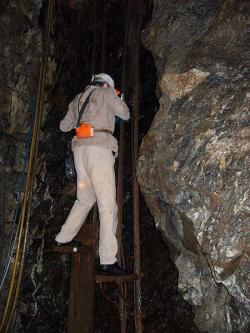

In the years 1926 to 1956, the German chemist Hermann Staudinger carried out his pathbreaking research on macromolecular chemistry in Freiburg. His theories on the polymer structures of fibers and plastics and his later research on biological macromolecules formed the basis for countless modern developments in the fields of materials science and biosciences and supported the rapid growth of the plastics industry. For his work in the field of polymers, Staudinger was awarded the Nobel Prize for chemistry in 1953.
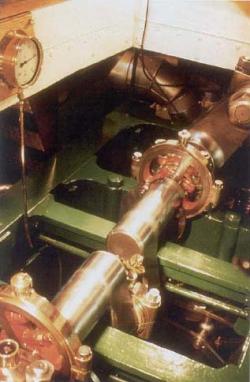
The oscillating steam engine, built by John Penn & Sons, is located aboard the famed paddle steamer Diesbar. Diesbar is the second oldest of a fleet of nine paddle steamers in Dresden. What makes the Diesbar unique is its coal fueled engine and single deck design. The John Penn and Sons engine that runs the steamer is the oldest operational marine steam engine in the world. It has been in operation for over 165 years.

Bremen Airport was founded in 1909. In 1924, German aviation pioneers Henrich Focke and Georg Wulf founded the Focke-Wulf company on the site. On June 26, 1936, Heinrich Focke’s Fw 61, the world’s first fully operational helicopter, made a successful maiden flight at the airport, piloted by Ewald Rohlfs. Other aircraft developed at the site included the Fw 190 fighter plane, and Fa223 helicopter, both used by the German Luftwaffe in World War Two, as well the VAK 191B, an experimental fighter plane with vertical take-off and landing capabilities, developed in the 1970s.
Innovations

Bremen Airport was founded in 1909. In 1924, German aviation pioneers Henrich Focke and Georg Wulf founded the Focke-Wulf company on the site. On June 26, 1936, Heinrich Focke’s Fw 61, the world’s first fully operational helicopter, made a successful maiden flight at the airport, piloted by…
Read More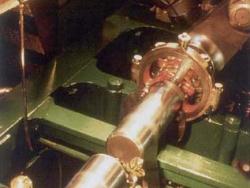
The oscillating steam engine, built by John Penn & Sons, is located aboard the famed paddle steamer Diesbar. Diesbar is the second oldest of a fleet of nine paddle steamers in Dresden. What makes the Diesbar unique is its coal fueled engine and single deck design. The John Penn and Sons…
Read More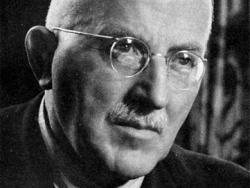
In the years 1926 to 1956, the German chemist Hermann Staudinger carried out his pathbreaking research on macromolecular chemistry in Freiburg. His theories on the polymer structures of fibers and plastics and his later research on biological macromolecules formed the basis for countless modern…
Read More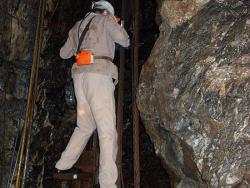
This silver mine preserves two features of bygone practice. One is the reversible waterwheel of the ore-hoist, which originally was installed in 1565 and currently dates back to 1824. The present wheel is 9 meters in diameter and reaches a depth of 700 meters.
Second, the man engine of…
Read More

